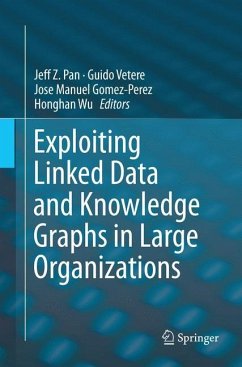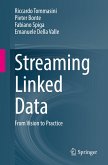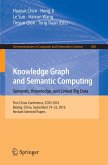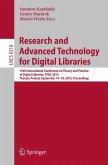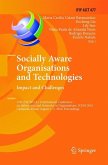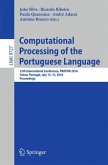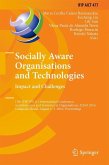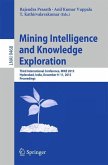This book addresses the topic of exploiting enterprise-linked data with a particular focus on knowledge construction and accessibility within enterprises. It identifies the gaps between the requirements of enterprise knowledge consumption and "standard" data consuming technologies by analysing real-world use cases, and proposes the enterprise knowledge graph to fill such gaps.
It provides concrete guidelines for effectively deploying linked-data graphs within and across business organizations. It is divided into three parts, focusing on the key technologies for constructing, understanding and employing knowledge graphs. Part 1 introduces basic background information and technologies, and presents a simple architecture to elucidate the main phases and tasks required during the lifecycle of knowledge graphs. Part 2 focuses on technical aspects; it starts with state-of-the art knowledge-graph construction approaches, and then discusses exploration and exploitation techniques as well as advanced question-answering topics concerning knowledge graphs. Lastly, Part 3 demonstrates examples of successful knowledge graph applications in the media industry, healthcare and cultural heritage, and offers conclusions and future visions.
It provides concrete guidelines for effectively deploying linked-data graphs within and across business organizations. It is divided into three parts, focusing on the key technologies for constructing, understanding and employing knowledge graphs. Part 1 introduces basic background information and technologies, and presents a simple architecture to elucidate the main phases and tasks required during the lifecycle of knowledge graphs. Part 2 focuses on technical aspects; it starts with state-of-the art knowledge-graph construction approaches, and then discusses exploration and exploitation techniques as well as advanced question-answering topics concerning knowledge graphs. Lastly, Part 3 demonstrates examples of successful knowledge graph applications in the media industry, healthcare and cultural heritage, and offers conclusions and future visions.

